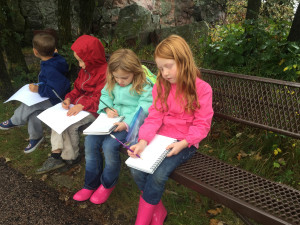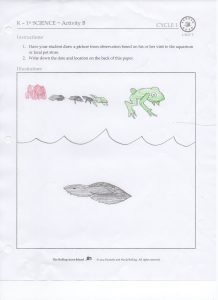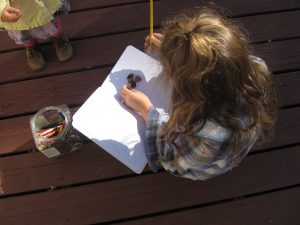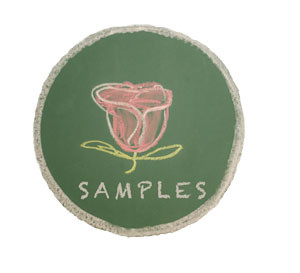Schola Rosa Science
| Cycle 1 | Cycle 2 | Cycle 3 |
| Plant & Animal Life | Earth Science & Astronomy | Chemistry & Physics |
Goals. There are four general goals for the program:
- To bring the children into contact with the physical world in enriched experiential encounters
- To practice and improve careful observation; a basic tool of learning and an essential first step in all education, including that accomplished by use of the scientific method
- To introduce (in 4–6th grades) the basic paradigm of the scientific method
- To introduce the basic concepts, terms, and questions of Biology, Geology, Astronomy, Physics, & Chemistry over a three year cycle.
 Philosophy. Careful observation is a basic skill of learning in all fields; it is not the unique purview of the “hard sciences.” Indeed, learning to look carefully at the world has its place in the journey to wisdom; it is a first step upon one of the many ways that lead to God. It is morally educative in that it teaches us to humbly and honestly report what it is that we find, rather than what we wish to see. It is a source of great pleasure in that it is a nurturing and fulfillment of the basic desire that Aristotle observed in man, the desire to know, even as it responds to his natural wonder at the beauty of the world. In that wonder, we encounter the numinous—the unseen, mysterious spiritual implication that stands behind all that we can see. Further, as the students will learn later, sense experience precedes and provides the matter about which we reason in our logic classes. It is with these many ideas in mind that we select the basic goals for the science program here. Rather than favoring textbook provided overviews of the various facts and terms; we seek to bring the child into engagement with the real, foster his natural skills for seeing what is true, and allow him the opportunity to appreciate what is deeply good.
Philosophy. Careful observation is a basic skill of learning in all fields; it is not the unique purview of the “hard sciences.” Indeed, learning to look carefully at the world has its place in the journey to wisdom; it is a first step upon one of the many ways that lead to God. It is morally educative in that it teaches us to humbly and honestly report what it is that we find, rather than what we wish to see. It is a source of great pleasure in that it is a nurturing and fulfillment of the basic desire that Aristotle observed in man, the desire to know, even as it responds to his natural wonder at the beauty of the world. In that wonder, we encounter the numinous—the unseen, mysterious spiritual implication that stands behind all that we can see. Further, as the students will learn later, sense experience precedes and provides the matter about which we reason in our logic classes. It is with these many ideas in mind that we select the basic goals for the science program here. Rather than favoring textbook provided overviews of the various facts and terms; we seek to bring the child into engagement with the real, foster his natural skills for seeing what is true, and allow him the opportunity to appreciate what is deeply good.
 Method. The basic procedure for each unit follows a sequence beginning with observation and experiment followed by a discussion to clarify the description of what is seen, concluded by a discussion of the reasons for the thing being the way it is—the attempt to explain. Drawings and descriptions are recorded along the way. During the week students read primary readings, for example, Jean Henri Fabre's writings and the Nature Readers, Seaside and Wayside.
Method. The basic procedure for each unit follows a sequence beginning with observation and experiment followed by a discussion to clarify the description of what is seen, concluded by a discussion of the reasons for the thing being the way it is—the attempt to explain. Drawings and descriptions are recorded along the way. During the week students read primary readings, for example, Jean Henri Fabre's writings and the Nature Readers, Seaside and Wayside.
K – 3rd Grade Presentations: To aid in introducing basic speech and presentation skills, students in these levels are expected to present at least once per year on a suitable science topic. For most shy, this could be as simple as show-n-tell, but for others consider having poster and lap-book presentations to make it more formal.
Science Journals (4th–6th Grade). To aid in introducing the scientific method, 4th–6th graders will record their observations in a “Science Journal,” which will be updated every unit throughout the entire cycle. We recommend that students use a composition notebook to record their findings (included in the “Parent Supplies” list). Each journal entry will start with a label of the unit, cycle, and observation, followed then by a drawing and description of the observation.



